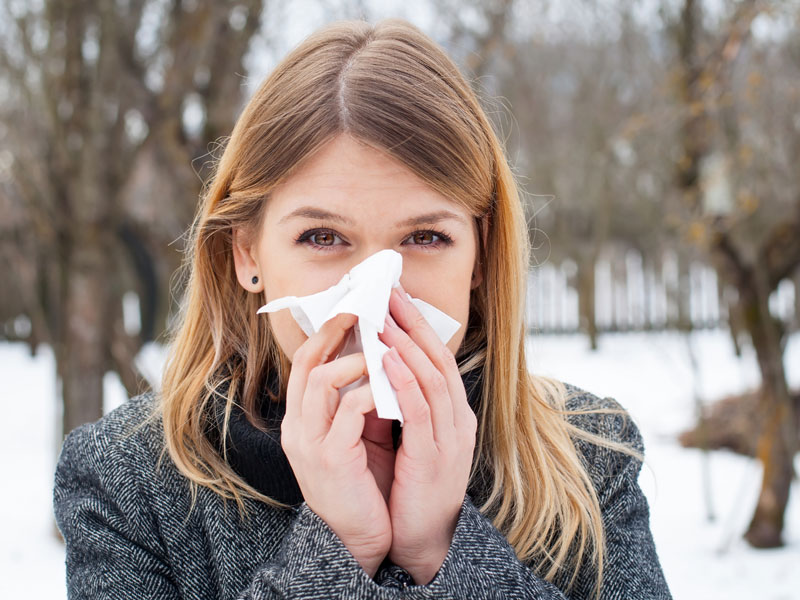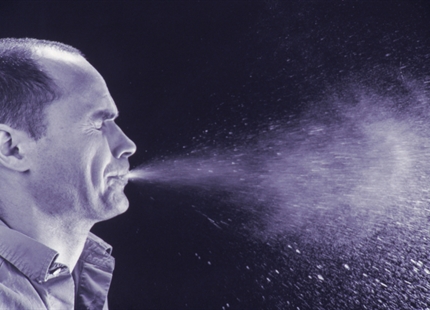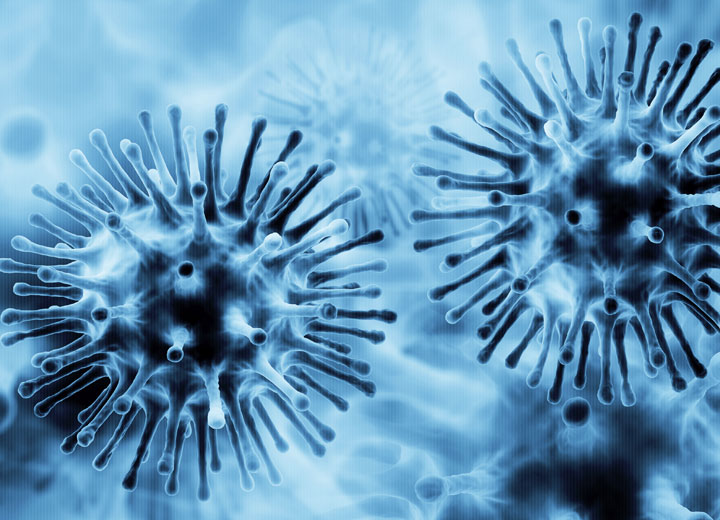27.02.2018
Sick Building Syndrome | Can Your Office Make You Sick?
Sick Building Syndrome is a very real threat to the operational efficiency of any business or industry. It affects many employees, including during influenza season when there is an increased sense of vigilance regarding flu symptoms. Despite the fact that this medical condition cannot be linked to a specific cause in many instances, there are a few proactive approaches that can be taken to prevent the spread of the illness. Here are further details on what Sick Building Syndrome actually is, and what steps you can take to minimize its spread in your work environment.
What is Sick Building Syndrome?
Otherwise known as SBS, Sick Building Syndrome is a unique medical condition involving the process where multiple individuals in a building suffer from symptoms of illness, feeling unwell sometimes for no apparent reason. The symptoms, similar to flu symptoms at times, can increase in severity over time as affected individuals remain inside. Alternatively, ill effects can be reversed over time, more effectively or outright eliminated the longer that those with the condition are out of the building. The symptoms are directly linked to the amount of time spent in the affected building as a result, though generally no specific illness or cause can be identified. A 1984 World Health Organization (WHO) report indicated that up to 30% of new and remodelled buildings around the world could be potentially subjected to complaints related to poor indoor air quality, which can be a trigger of Sick Building Syndrome itself. Other common causes of the condition include heating, ventilation, and air conditioning (HVAC)-related flaws, though air conditioning systems are less frequently noted as a trigger.
So, how to avoid getting sick? Here are 3 key prevention strategies to follow in order to better eliminate Sick Building Syndrome:
Upgrade Ventilation for Maximum Airflow Efficiency
Any building relies on clean, efficiently circulated air in all accessible spaces for not only the health and wellness of employees and/or visitors, but also to maintain established productivity and wellness standards. Clean, filtered air with relative humidity levels of 40-60% RH also minimizes airborne infection potentialities, keeping bacteria such as influenza from reaching as thoroughly throughout the building as before. Microbes contained in aerosols or airborne particles settle more quickly, enabling for cleaner, clearer air that poses less of a health risk. Upgrading your ventilation is a highly proactive way of achieving this. Replacing worn-out ducts, upgrading filtration components, and optimizing airflow will allow for connected humidification and HVAC systems to more effectively reach all areas of the building, further protecting against the development of Sick Building Syndrome.
Decontaminate Interior and Exterior Spaces
Like Influenza, Sick Building Syndrome can be more easily triggered in environments where bacteria are left to fester and reproduce. How to avoid getting sick in any building is best identified by considering the influence interior and exterior building spaces can have on our health. Buildings with interior temperatures that are too high, atmospheres that are too damp or items that are veritable hotbeds of microbiological activity are effectively breeding grounds for triggers of the condition, and it is important to address them quickly and effectively. Many of these threats are similar to those pertaining to mould and influenza bacteria growth, such as water-stained carpeting and ceiling tiles, and rotting shingles. Additionally, building décor that contains volatile organic compounds (VOCs) such as paints, furniture, and carpet fibres can contribute towards the development of Sick Building Syndrome, particularly when combined with modern office equipment such as copiers that add ozone to the environment. The combination of harmful vapours and the encouragement of bacterial growth is what can increase absenteeism and reduce productivity.
Mitigate Microbial Contamination Risks
Next, consider the ways microbes can be spread from person to person in an environment, as well as how they are allowed to mix with other forms of bacteria. Are workspaces efficiently sanitized and kept clean? For example, an office desk situated under a water-stained ceiling that is seldom sanitized leaves plenty of opportunities to transmit potentially infectious microbes from person to person, in turn contributing towards the spread of Sick Building Syndrome. Much like addressing flu symptoms, the mitigation of microbial contamination risks in any building can help to reduce the influence Sick Building Syndrome has on the population of occupants and visitors. Clean water and air, filtered prior to dispersal into a building’s airflow, not only keeps the environment clean but also limits the spread of these microbes even further by forcing them to settle in-situ, making it easier to sanitize workspaces and communal areas.
When it comes to Sick Building Syndrome, ironically, many wonder how to avoid getting sick from it in the first place. Unlike influenza, it can be difficult to pinpoint the exact cause of the condition, but similar to curbing flu symptoms, infection control can be maximized with diligence, regular maintenance, and the removal of microbe-rich triggers along with proper humidity control. Visit our website to learn more about the many benefits of humidification on the human body.
Similar Blogs:
https://www.condair.com/humidifiernews/blog-overview/can-better-air-hydration-combat-mrsa-infections
https://www.condair.com/humidifiernews/blog-overview/effects-of-humidity-on-the-human-body



